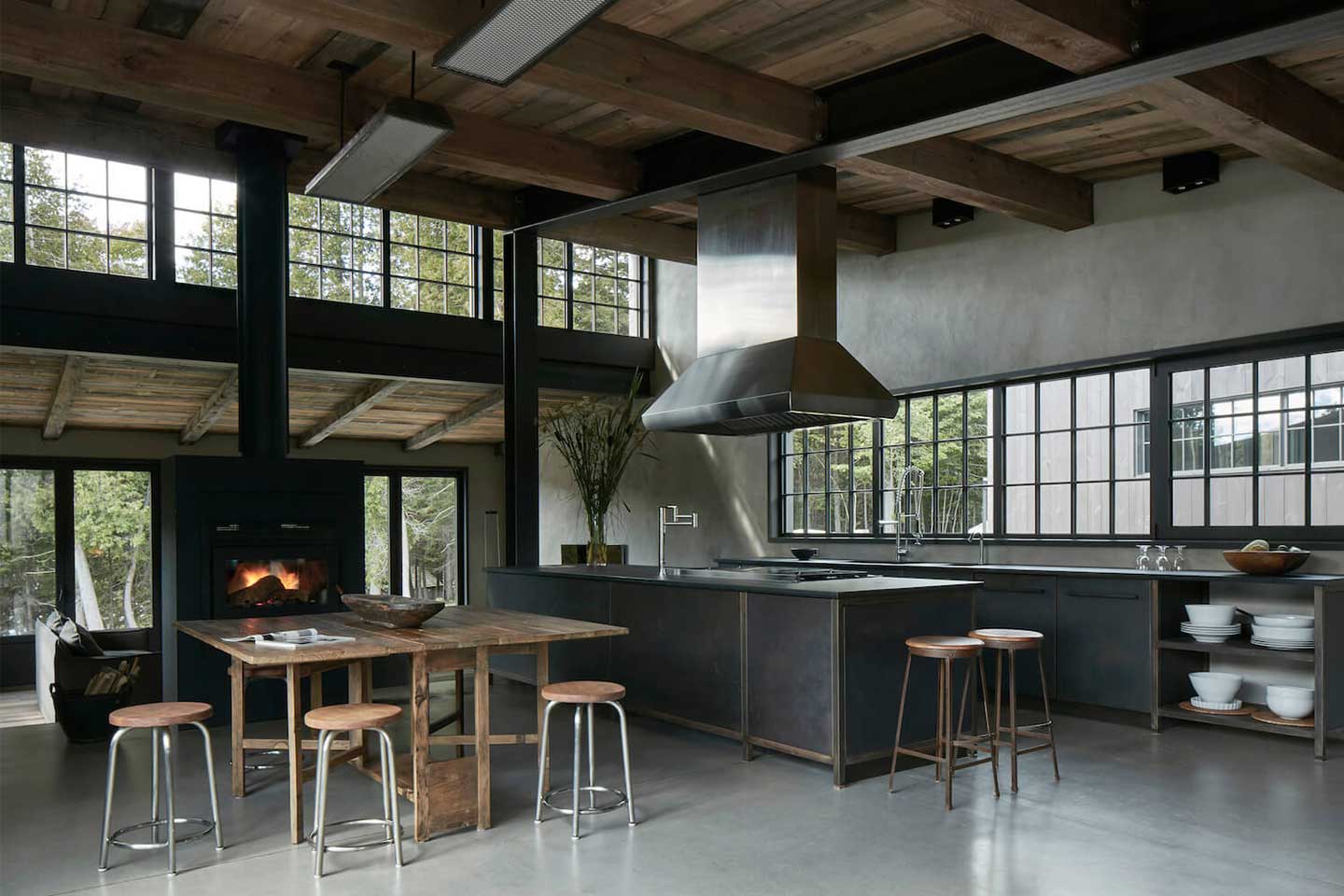
Understanding Home Theater Basics
A home theater brings the movie experience into your living room. It combines great visuals and sound to make you feel like you’re at the cinema.
Defining a Home Theater
A home theater is a setup that gives you high-quality video and audio in your home. At its core, you need a TV or projector for the picture. You also need speakers for the sound. Most systems have at least five speakers and a subwoofer. This is called a 5.1 system.
The TV or screen is the centerpiece. Bigger screens make you feel more immersed in the action. For sound, you’ll want speakers placed around the room. This creates surround sound, making you feel like you’re in the middle of the movie.
Types of Home Theater Systems
You can choose from different home theater setups based on your space and budget:
- Basic: A TV with a soundbar and subwoofer
- Mid-range: A larger TV or projector with a 5.1 speaker system
- Advanced: A big screen or projector with 7.1 or more speakers
Soundbars are great for small rooms. They’re easy to set up and don’t take much space. For bigger rooms, separate speakers give better sound quality. You can add more speakers for an even more immersive experience.
Some systems come as all-in-one packages. Others let you pick each part separately. Your choice depends on how much control you want over each component.
Choosing the Right Video Components
Picking the best video setup is key for an awesome home theater. You’ll want to think about the type of display, resolution, and advanced features like HDR.
Televisions vs. Projectors
TVs and projectors each have pros and cons for your home theater. TVs are bright and work well in rooms with some light. They’re easy to set up and come in sizes up to 85 inches or more.
Projectors can give you a much bigger picture, often 100 inches or larger. This creates a more immersive, cinema-like experience. They work best in dark rooms.
Projectors need a screen or blank wall. They also require more setup than TVs. Think about your room size and lighting when choosing between a TV and projector.
Understanding Resolution
Resolution affects how sharp and detailed your picture looks. 4K is now standard for high-end home theaters. It has four times the pixels of 1080p HD.
8K TVs are available too. They have even more detail, but 8K content is still rare. Most people won’t notice a big difference between 4K and 8K at normal viewing distances.
For projectors, 4K is the sweet spot. It gives you a crisp image even on very large screens. Native 4K projectors can be pricey, but “pixel-shifting” 4K projectors offer a good middle ground.
Importance of HDR in Your Home Theater
HDR (High Dynamic Range) makes a big difference in picture quality. It creates brighter highlights, deeper blacks, and more vivid colors. This adds depth and realism to your movies and shows.
There are different HDR formats:
- Dolby Vision
- HDR10
- HDR10+
- HLG
Dolby Vision is considered the best, but HDR10 is more common. Look for a TV or projector that supports multiple HDR formats for the best compatibility with different content.
HDR works best in a dark room. It can really make your movies pop and bring out details you might have missed before.
Optimizing Audio for Your Space
Getting great sound in your home theater takes some planning. The right setup can make you feel like you’re right in the middle of the action.
Surround Sound Formats
Dolby Atmos is one of the most popular surround sound formats. It adds height channels to create a 3D audio experience. You’ll hear sounds coming from all around you, even overhead.
Other options include DTS and Auro-3D. These formats also aim to create immersive audio. They work with special receivers and speaker layouts.
To get the most out of these formats, you’ll need at least 5.1 channels. This means five speakers plus a subwoofer. For the best experience, 7.1 or more channels are ideal.
Building Your Sound System
Start with good quality speakers. You’ll want a center channel speaker for clear dialog. Add left and right front speakers for music and sound effects.
Surround speakers go to the sides or behind you. They help create the feeling of being in the middle of the action.
A subwoofer adds deep bass that you can feel. It’s great for explosions and dramatic music.
For Dolby Atmos, add height speakers on the ceiling or use upward-firing speakers.
Don’t forget a good AV receiver to power it all. Look for one that supports the surround formats you want to use.
Acoustic Treatments for Home Theaters
Your room’s shape and surfaces affect how sound travels. Hard surfaces can cause echoes and make dialog hard to understand.
Adding soft materials can help. Try hanging curtains or placing rugs on the floor. These absorb sound and reduce echoes.
Acoustic panels on the walls can also improve sound quality. They come in different colors and designs to match your decor.
Bass traps in corners help control low frequencies. This can make your subwoofer sound clearer and more defined.
Consider the placement of your furniture too. Avoid putting seats right against walls. This can create audio “dead spots” where sound doesn’t reach well.

Selecting Home Theater Components and Accessories
Building your dream home theater means picking the right gear. Let’s look at key items to create an awesome movie-watching setup in your home.
Receivers and Amplifiers
A good AV receiver is the brain of your home theater. It connects all your devices and powers your speakers. Look for one with enough HDMI ports for your needs. Many people like Denon receivers for their quality and features.
When shopping, check how many watts per channel the receiver puts out. More power usually means better sound. Also, look for support for Dolby Atmos and DTS for 3D surround sound.
If you want even better audio, you might add a separate amp. This can give you more power and cleaner sound for your speakers.
Importance of Connectors
High-quality connectors are crucial to home theater systems, as they directly affect the transmission quality of audio and video signals.
High-quality connectors can provide stable signal transmission, reduce interference and signal attenuation, and ensure that TVs, speakers, projectors and other devices in home theater systems can output high-fidelity images and sound quality.
For example, HDMI connectors support high-definition video and multi-channel audio transmission, and are the first choice for connecting modern home theater equipment.
Essential Streaming Devices
Streaming devices let you watch movies and shows from services like Netflix and Hulu. Popular options include Roku, Apple TV, and Amazon Fire TV Stick.
Pick one that works with the apps you use most. Some have voice control, which is handy. 4K models give you the best picture if you have a 4K TV.
Smart TVs often have built-in streaming apps. But a separate device can be faster and easier to use. It’s also simpler to upgrade later.
Furniture and Comfort Elements
Comfy seating is a must for long movie sessions. A reclining sofa or theater-style seats can make you feel like you’re at the movies.
Look for seats with cup holders and maybe even USB ports to charge your devices. If space is tight, consider a loveseat or compact theater chairs.
Good lighting helps set the mood. Dimmable lights or LED strips behind your TV can reduce eye strain. Blackout curtains can block outside light for a true theater feel.
Don’t forget about sound control. Thick rugs or carpets can cut down on echoes. Acoustic panels on the walls can also help improve your room’s sound.

Enhancing Your Viewing and Listening Experience
A great home theater setup goes beyond just a big screen. The right tweaks can transform your space into a cinema-like haven. Let’s explore how to take your system to the next level.
Calibration for Optimal Picture and Sound
Start by adjusting your TV’s settings. Use a calibration disk or built-in tools to fix brightness, contrast, and color. This makes movies look like the director intended.
For sound, use your receiver’s auto-setup feature. It uses a mic to adjust speaker levels and timing. This creates balanced audio throughout your room.
Check for lip sync issues. If voices don’t match lip movements, your TV or receiver may have a setting to fix this.
Home Theater for Gaming
Gaming on a big screen is awesome. Set your TV to “Game Mode” to reduce input lag. This makes games feel more responsive.
Consider a sound bar like the Sonos Beam or JBL for clear dialogue and immersive effects. They’re great for both games and movies.
For serious gamers, look into a low-latency HDMI cable. It can further cut down on lag between your console and screen.
Upgrading Sound with Bookshelf and Floor Speakers
Want better sound? Bookshelf speakers from brands like KEF or Q Acoustics can be a big step up from your TV’s built-in audio.
For even more impact, try floor-standing speakers. Brands like Klipsch and Yamaha offer options that fill large rooms with rich sound.
Don’t forget a subwoofer. It adds deep bass that you can feel, making explosions and music more powerful.
Mix and match to find your perfect setup. You might pair a center channel with bookshelf speakers for crisp dialogue and full sound.
Putting It All Together: A Step-by-Step Assembly Guide
Ready to set up your dream home theater? Let’s get started! This guide will help you put all the pieces together.
First, clear out your chosen room. Remove furniture and clutter to give yourself plenty of space to work.
Next, plan your layout. Decide where your screen or TV will go. This is the focal point of your home theater.
Now, it’s time to set up your surround sound system. Place your speakers according to the manufacturer’s instructions. Usually, you’ll have front, center, and rear speakers.
Don’t forget about acoustics! Add some sound-absorbing materials to improve audio quality. Thick curtains or acoustic panels can work wonders.
Connect all your devices to your receiver. This includes your TV, Blu-ray player, and gaming consoles.
Set up your seating. Make sure everyone has a good view of the screen. Comfy chairs or a cozy couch are a must!
Finally, test everything out. Play a movie or show and adjust your settings as needed.
You can always make changes later. The most important thing is to enjoy your new home theater!








